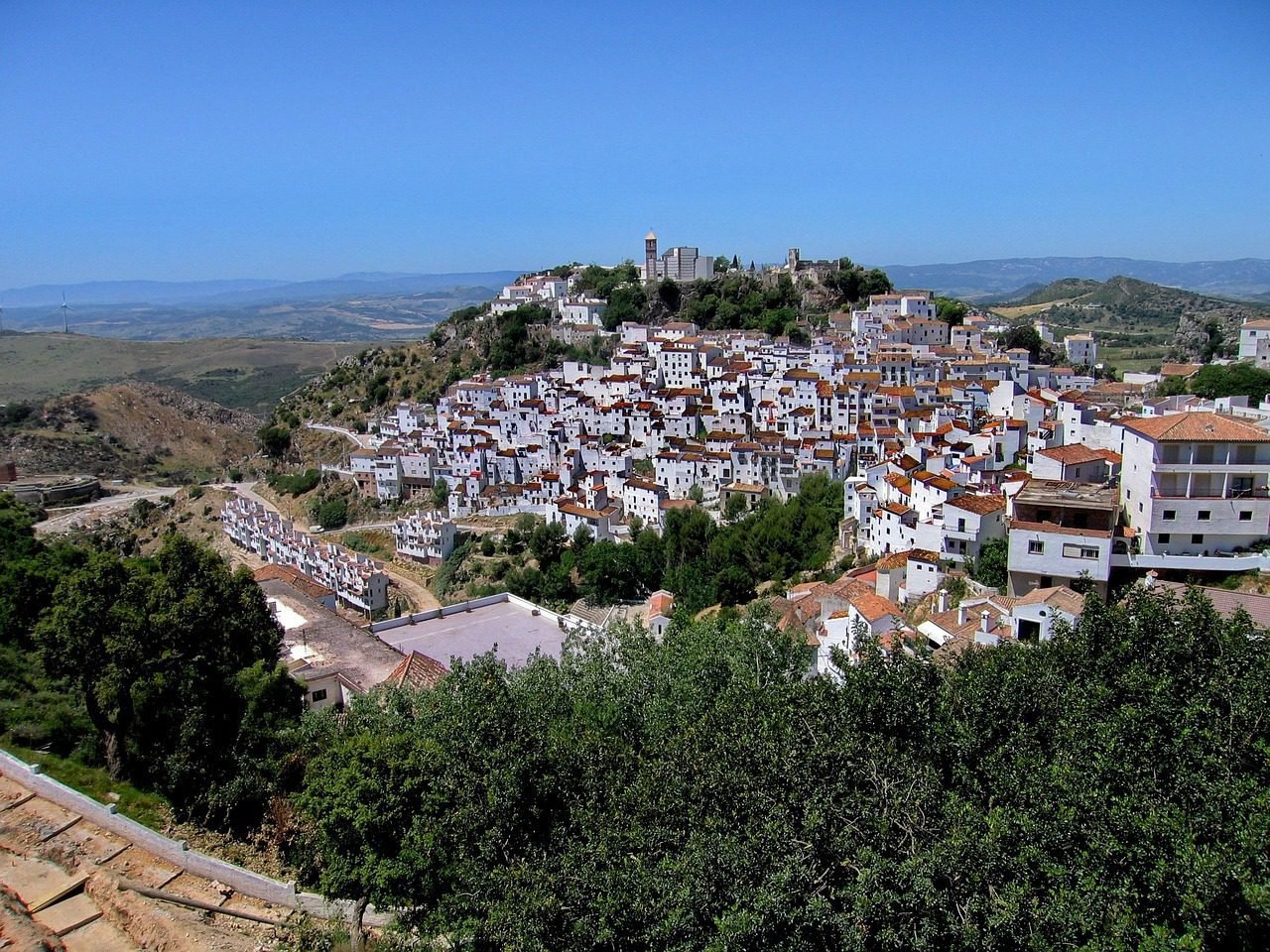Rome Itinerary: First Timer’s Guide to Visit Rome, Stay & Things to Do

Beginning your journey as a first-time visitor, the Parco archeologico del Colosseo provides the perfect introduction to Rome’s ancient grandeur. This First Timer’s Guide to Visit Rome recommends starting here, where the Colosseum’s massive arena and Roman Forum ruins immediately showcase the imperial city’s power. The nearby Arch of Constantine displays stunning reliefs of historic victories, while the Basilica of San Clemente offers visitors a fascinating underground journey through layers of Roman history. This archaeological heart gives first time visitors an essential foundation for understanding Rome’s incredible blend of ancient and modern life.
Key Takeaways:
- Rome offers a layered experience combining Ancient Roman ruins, Renaissance art, Baroque architecture, and vibrant modern neighborhoods.
- The Ancient Rome Archaeological Zone, including the Colosseum, Roman Forum, and Basilica of San Clemente, provides deep insights into the city’s historic evolution.
- The Pantheon and nearby Piazza Venezia offer iconic classical monuments and panoramic views of Rome’s distinctive skyline, making them essential stops for anyone visiting the Colosseum.
- Vatican City’s religious and artistic marvels, such as the Sistine Chapel and major basilicas, are necessary stops for art lovers and spiritual seekers.
- Baroque squares and fountains, including Piazza del Popolo, Trevi Fountain, and Spanish Steps, showcase Rome’s theatrical urban charm and lively street life.
- Renowned museums like Galleria Borghese and Capitoline Museums feature masterpieces from Bernini, Caravaggio, and Michelangelo, blending artistic heritage with rich settings.
- Neighborhood escapes like Trastevere and Villa Doria Pamphili offer a peaceful contrast to the bustling city center, with authentic local culture and green spaces.
Crafting the Perfect Rome Itinerary for First-Time Visitors
Designing your Rome itinerary benefits from grouping sights geographically and thematically to maximize time and energy.

Starting with the Ancient Rome Archaeological Zone lets you immerse in history early, followed by lighter strolls through Baroque squares and piazzas.
Scheduling Vatican visits midweek often avoids crowds, while setting aside afternoons in Trastevere or Villa Doria Pamphili provides welcome respite during your planning a trip to Rome.
Prioritizing landmarks based on your interests, whether archaeological wonders or art museums, while weaving in local dining experiences, creates a seamless flow, transforming your first Roman adventure into a balanced and engaging journey.
Must-See Attractions on Your Rome Itinerary
Among the city’s vitals, the Colosseum and Roman Forum transport you directly into the heart of Ancient Rome’s public life.
The Pantheon’s soaring dome and oculus exemplify Roman engineering brilliance, while the Sistine Chapel’s frescoes offer spiritual and artistic awe.
Baroque hotspots like the Treti Fountain and Spanish Steps punctuate your days with vibrant energy, and a visit to the Galleria Borghese rewards art lovers with Bernini’s masterpieces.
Together, these highlights form the backbone of any meaningful first-time Rome experience.
Balancing Sightseeing and Relaxation: Timing Your Day in Rome
Mixing exploration with downtime is vital to fully appreciate Rome’s multifaceted charm, especially if you’re planning a trip to Italy for the first time.

Early mornings in archaeological sites avoid peak crowds, leaving afternoons open for leisurely cafés or shaded park strolls.
Late afternoons suit relaxed visits to less crowded museums or quiet neighborhood escapes like Trastevere, while evenings come alive with vibrant street life and intimate dining.
Structuring your day around this balance keeps energy high and encounters with Rome feeling rich rather than rushed.
You’ll find that pacing is as much an art as planning the places themselves, especially when you’re discovering Italy for the first time.
For instance, a morning at the Colosseum can be followed by a café break near Piazza Venezia, letting the sensory overload of antiquity settle gently.
Midday heat invites a retreat into air-conditioned museums such as the Capitoline or the Galleria Nazionale, while cooler evenings beckon you toward twilight fountain visits and aperitivo in piazzas.
I often recommend alternating intense cultural experiences with simpler moments—park benches under olive trees or casual gelato stops—to recharge both mind and body, ensuring each Roman day remains memorable rather than exhausting.
Stay in Rome: Choosing the Best Neighborhoods
Picking where to stay in Rome shapes your daily rhythm profoundly. Neighborhoods like Centro Storico offer immediate access to iconic landmarks and lively piazzas, while areas such as Trastevere provide a cozier, authentic Roman ambiance with winding streets and vibrant eateries.
Each district blends history with modern life differently—Villa Doria Pamphili appeals to nature lovers craving green escapes, whereas Monti’s hip atmosphere draws those seeking boutique shops and trendy cafés.
Balancing proximity to museums, transport hubs, and local flavor ensures your lodging complements both exploration and relaxation during your Roman journey.
Hidden Gems: Exploring Trastevere and Beyond
Trastevere’s cobblestoned lanes pulse with artisan workshops and intimate trattorias, where the aroma of fresh basil infuses evening air, making it a delightful area to explore when you’re in Rome.
By day, you’ll find painters near Piazzetta Trilussa, while nights come alive with live music and rustic wine bars. Crossing the Tiber, Villa Doria Pamphili offers sprawling greenery and secluded fountains, a serene contrast to Trastevere’s vibrant buzz.
These pockets of Roman life reveal a quieter, deeply authentic side of the city, away from the typical tourist trail, inviting you to savor moments of local charm and peaceful strolls.
The Heart of Rome: Why Centro Storico is Ideal for First Timers
Centro Storico encapsulates Rome’s historic and cultural heartbeat, positioning you steps away from the Pantheon, Trevi Fountain, and Piazza Navona.
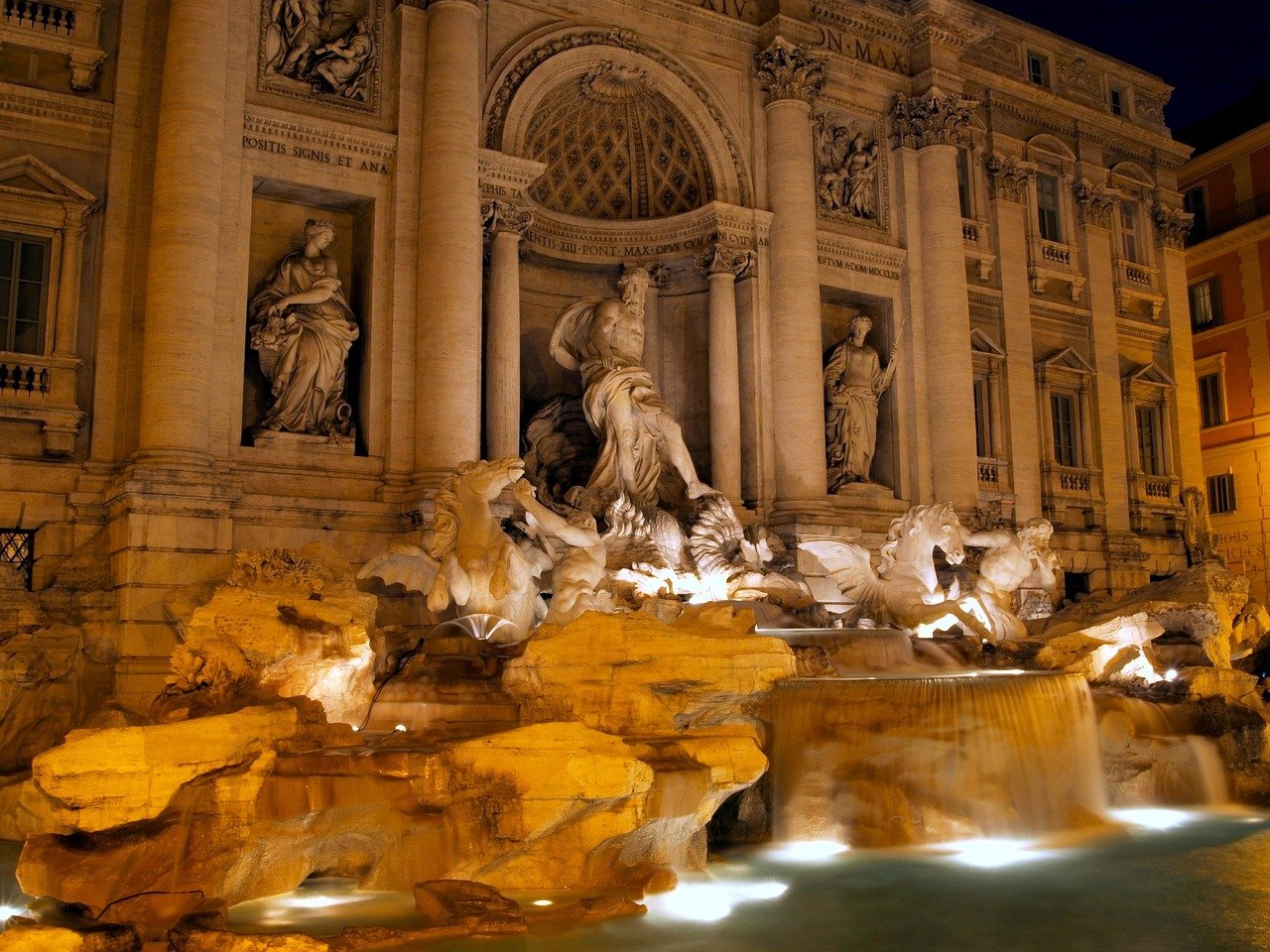
Narrow alleys open onto bustling squares where Baroque fountains and cobblestone streets intertwine.
The neighborhood’s compactness means you can easily explore major sights on foot, with countless cafés and gelaterias inviting pause.
Staying here immerses you in the daily flow of Romans and visitors alike, transforming your trip into a lived experience within an ancient yet vibrant urban tapestry.
Beyond convenience, Centro Storico’s architectural diversity unfolds at every corner—from Renaissance palazzi to Art Nouveau façades—offering an ever-present backdrop of Rome’s layered history, which is essential to see in Rome.
Accommodations often range from quaint boutique hotels housed in restored historical buildings to elegant apartments overlooking lively squares.
Public transport hubs and walking routes converge here, providing easy connections to the Vatican and the Colosseum.
This blend of accessibility, atmosphere, and rich cultural immersion makes Centro Storico the perfect launchpad to absorb Rome’s essence on a first visit.
Iconic Landmarks That Define Rome
Wandering through Rome, iconic landmarks emerge not just as sights but as vivid tales etched in stone and marble.
The Colosseum’s imposing silhouette, the Pantheon’s perfectly preserved dome, and the Roman Forum’s sprawling ruins each offer immersive encounters with history.
I find these monuments aren’t merely relics; they are living chapters of the city’s narrative, where each arch, column, and mosaic delivers insights into Rome’s enduring grandeur.
Exploring them connects you directly to the daily realities of ancient Romans and the sophisticated artistry that shaped the city’s timeless allure.
Marvel at the Colosseum and Roman Forum: A Journey into Ancient Rome
Passing beneath the Colosseum’s towering arches, I’m instantly transported to a world of gladiators and grand spectacles designed to entertain tens of thousands.
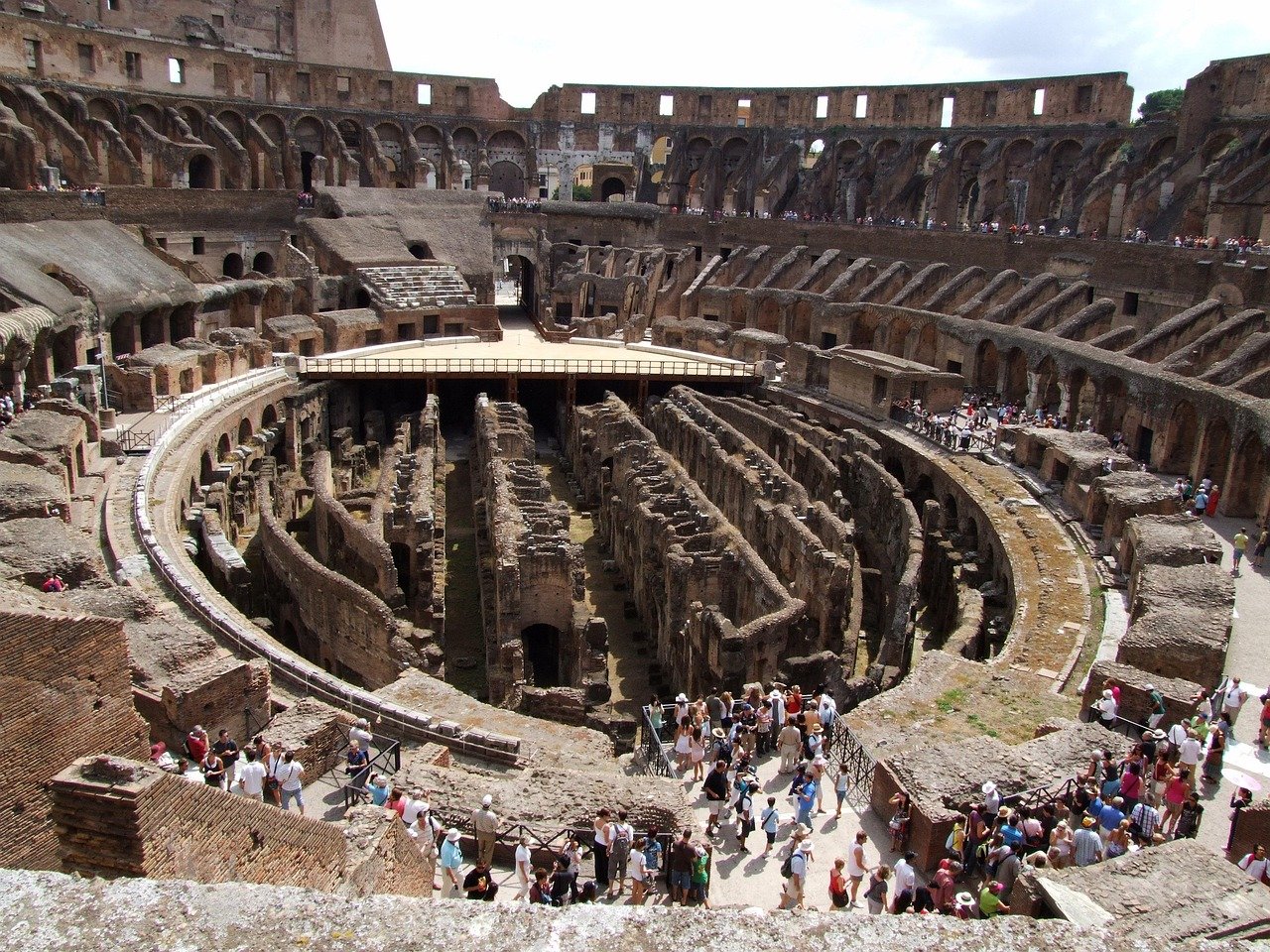
Adjacent, the Roman Forum reveals layers of civic and religious life, from basilicas to temples, tracing the city’s political heartbeat.
This archaeological core presents a remarkable chronological panorama spanning centuries, with every stone narrating the ingenuity and power of Ancient Rome’s urban fabric.
The Grandeur of the Pantheon and Exploring the Basilica
The Pantheon’s soaring concrete dome, crowned by its famous oculus, floods the circular interior with ethereal light, highlighting the Romans’ unmatched mastery in architecture and engineering.
Originally constructed in the early 2nd century AD and later consecrated as a church, its harmonious proportions and celestial symbolism create an unforgettable experience.
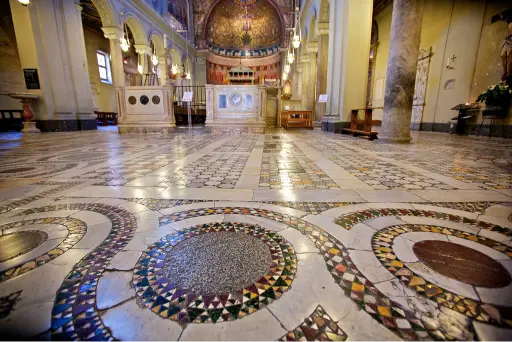
Nearby, the Basilica of San Clemente unfolds a layered history—built over a fourth-century basilica and a pagan temple—offering a rare glimpse into Rome’s spiritual and architectural evolution.
Beyond the Pantheon’s immediate allure, I investigate into its structural genius: the dome’s 43.3-meter diameter remains the world’s largest unreinforced concrete dome, a testament to Roman innovation that has stood unchallenged for nearly two millennia.
The oculus not only illuminates but connects the sacred interior with the sky, reinforcing the temple’s cosmic symbolism.
Exploring the adjacent Basilica of San Clemente reveals an extraordinary vertical timeline where frescoes, mosaics, and remains of earlier buildings provide a tangible narrative of transformation—from pagan worship to Christian devotion.
This intricate layering makes the area a profound testimony to Rome’s continuous reinvention through faith and design.
Relaxing and Rejuvenating: Best Piazzas and Parks in Rome
After immersing yourself in Rome’s bustling historical sites, the city’s piazzas and parks offer perfect respites where you can unwind and soak up local life.
These spaces blend natural beauty with striking architecture, from charming cobbled squares alive with street performers to expansive gardens rich in art and sculpture.
Whether you’re sipping espresso beneath centuries-old fountains or strolling shaded paths lined with statues, each pause brings fresh perspective and a calming rhythm to your Roman journey.
Strolling Through Piazza Navona and Santa Maria in Trastevere
Piazza Navona’s grand Baroque fountains and elegant palazzi create an open-air gallery where you can watch artists at work and savor people-watching over a gelato.
Crossing the Tiber to Trastevere, the Santa Maria in Trastevere church provides a serene backdrop to the lively winding streets filled with rustic trattorias and vibrant nightlife.
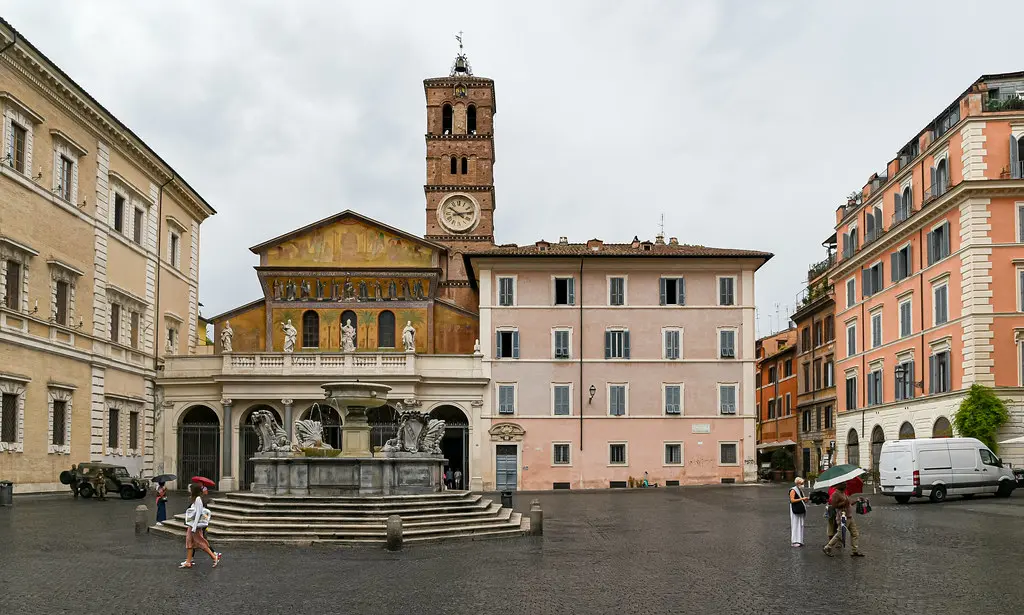
I find the contrast between Navona’s classical splendor and Trastevere’s bohemian charm refreshes the spirit and deepens my connection to Rome’s layered character.
Villa Borghese: A Peaceful Retreat Within the City
Villa Borghese is an oasis of greenery and culture nestled amid Rome’s urban fabric, offering shaded avenues, tranquil ponds, and exquisite gardens.
The park hosts the renowned Galleria Borghese, where Bernini’s sculptures and Caravaggio’s paintings await, making it a perfect blend of natural beauty and artistic splendor.
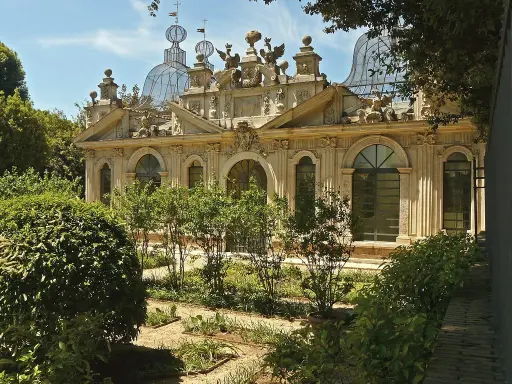
Spending time here feels like stepping back into an aristocratic estate, a calm refuge from the city’s vibrant energy just minutes from the bustling streets.
Stretching over 80 hectares, Villa Borghese ranks as one of Rome’s largest public parks, its design reflecting 17th-century noble tastes with landscaped gardens, fountains, and family-friendly activities.
I’ve wandered its tree-lined paths where peacocks roam freely, discovered hidden temples dedicated to Egyptian gods, and relaxed by the small lake rowing boats or visiting the charming Temple of Aesculapius.
The park’s elevation also offers sweeping views of the city’s rooftops, enabling a peaceful yet panoramic escape perfect for reflection and rejuvenation between Rome’s intense sightseeing sessions.
Indulgent Moments: Best Dining Options in Rome
Sampling Rome’s culinary delights feels like stepping into a living tradition. From rustic trattorias serving hand-rolled pasta to sleek modern eateries reinterpreting classics, the city caters to every palate.
I’ve found that dining becomes a cultural experience here—each dish carries centuries of history and regional pride. Exploring local favorites like cacio e pepe or crisp Roman-style pizza allows you to savor authentic flavors.
Whether you’re seeking casual bites or elegant dinners, Rome’s vibrant food scene offers rich indulgence amid the city’s historical splendor.
Authentic Roman Cuisine: Where to Eat Gluten Free and Otherwise
For gluten-free travelers, Rome has blossomed beyond traditional wheat-heavy fare without compromising authenticity.
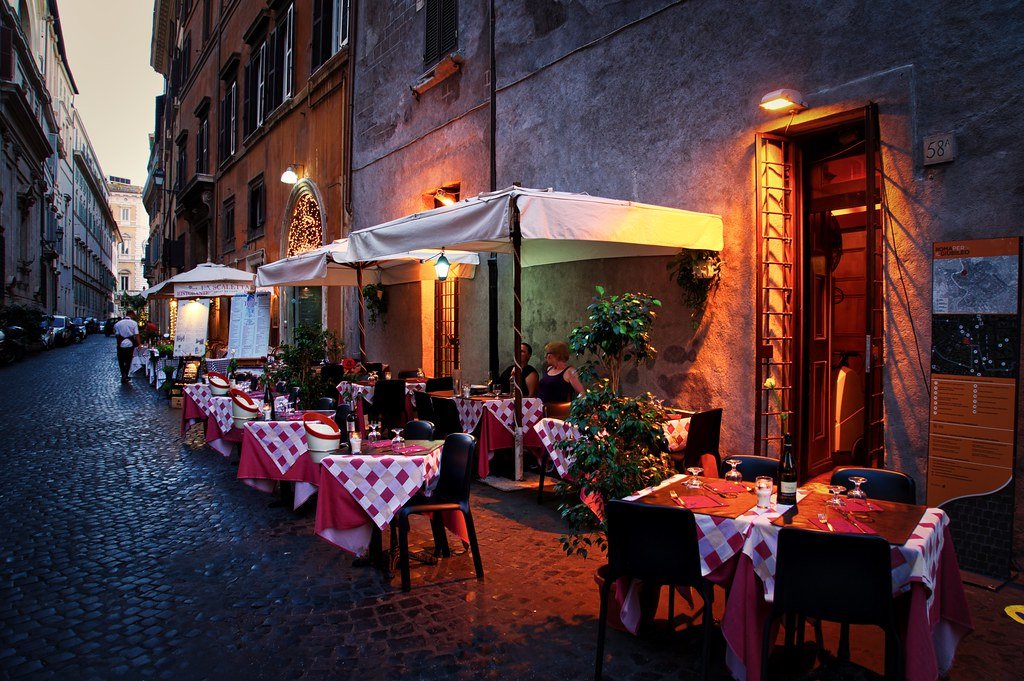
Places like Ristorante Il Margutta and Voglia di Pizza offer dedicated gluten-free menus featuring classics such as carbonara and saltimbocca alla Romana.
I recommend looking for smaller osterias that proudly highlight naturally gluten-free dishes, like fresh vegetable antipasti and grilled meats, ensuring you can dine worry-free while indulging in genuine Roman tastes.
Sidewalk Cafes and Gelato: Don’t Miss These Sweet Treats
Roman afternoons call for lingering at bustling sidewalk cafes with a rich espresso or indulging in gelato from renowned spots like Gelateria del Teatro or Giolitti.
I never skip a creamy scoop of stracciatella or pistachio, enjoyed while watching piazza life unfold.
Outside the main tourist routes, gelaterias maintain traditional recipes and seasonal flavors that highlight fresh, local ingredients, making your sweet breaks a vibrant part of Rome’s sensory tapestry.
The art of gelato in Rome goes beyond mere dessert—it’s a reflection of natural ingredients and artisanal craft perfected over generations.

Small, family-run gelaterias like Gelateria San Crispino emphasize purity and texture, using organic milk and fresh nuts rather than artificial additives.
Sitting on the Spanish Steps or near Piazza Navona with a gelato cone in hand, you tap into a beloved Roman ritual. Complementing gelato, street-side cafes offer perfect shots of espresso or creamy cappuccinos, often accompanied by a flaky cornetto.
Mixing these sweet pauses into your day provides energy and a genuine taste of local daily life that’s impossible to replicate elsewhere.
Final Words
Following this Rome itinerary, I believe you’ll enjoy a well-rounded introduction to the city’s rich history, art, and vibrant culture.
By exploring key ancient sites, stunning museums, lively neighborhoods, and iconic landmarks, you’ll create lasting memories while experiencing the heart of Rome.
Whether you choose to wander through archaeological zones or relax in a quaint piazza, your journey will be filled with discovery and inspiration as you explore the things to do in Rome.
I encourage you to embrace the city’s timeless charm and craft your own unique adventure in the Eternal City.
FAQs
What are the must-see attractions for first time visitors to Rome?
For first time visitors, the must-see attractions include the Colosseum, Vatican Museums, Trevi Fountain, Spanish Steps, and Palatine Hill. Each of these spots in Rome offers a unique glimpse into the city’s rich history and beauty, making them essential for your trip to Rome.
How should I plan my itinerary for visiting Rome for the first time?
Planning your itinerary for your first time in Rome can be exciting! Start by prioritizing main attractions like the Colosseum, the Vatican Museums, and the Trevi Fountain.
Allocate time to explore different neighborhoods in Rome, enjoy local restaurants, and take leisurely strolls through iconic locations like Piazza di Spagna, as there are countless things to do in Rome.
A perfect itinerary might include a mix of tours in Rome and some free time to just soak in the atmosphere.
What is the best area to stay in Rome for first time visitors?
The best area to stay in Rome for first time visitors is often around the historic center, such as near the Spanish Steps or Trevi Fountain.
This location in Rome keeps you close to major attractions and provides easy access to public transport. Additionally, you’ll find plenty of hotels in Rome that cater to various budgets, ensuring a comfortable stay.
How can I avoid long lines at popular attractions in Rome?
To avoid long lines at popular attractions like the Vatican Museums and the Colosseum, consider booking skip-the-line tickets in advance.
Many travel guides recommend visiting during off-peak hours or on weekdays. Additionally, guided tours in Rome can often provide expedited entry, allowing you to spend more time enjoying the beauty of Rome rather than waiting in line.
Is it worth it to visit the Vatican Museums on my trip to Rome?
Absolutely! It’s your first time in Rome, and there’s so much to experience. Visiting the Vatican Museums is a highlight for many travelers and a must-see in Rome.
The museums house an incredible collection of art and historical artifacts, including the famous Sistine Chapel.
Even if you’re short on time in Rome, this is an experience you won’t want to miss!
What are some recommended restaurants in Rome for first time visitors?
First time visitors should try authentic Roman cuisine at local favorites like Trattoria Da Enzo, Pizzeria La Montecarlo, or Osteria Bonelli.
These restaurants in Rome offer some of the best food, including classic dishes like Carbonara and Cacio e Pepe, ensuring that your culinary experience is as memorable as your sightseeing.
What should I know about the Trevi Fountain before visiting?
Before visiting the Trevi Fountain, keep in mind that it’s one of the most famous attractions in Rome. It’s advisable to go early in the morning or late at night to avoid crowds. Don’t forget to toss a coin into the fountain to ensure your return to the city of Rome! The beauty of the fountain, especially when lit at night, is something you won’t want to miss when you’re in Rome.
How can I make the most of my time in Rome if I’m short on time?
If you’re short on time in Rome, focus on the main attractions and create a condensed itinerary. Consider joining guided tours that cover multiple attractions in a single day, like the Colosseum and Forum. Prioritize visiting the Vatican Museums and the Trevi Fountain, and utilize public transport to maximize your time exploring the city.
What are the best tips for enjoying my first time in Rome?
To enjoy your first time in Rome, take your time to wander through the city’s charming streets, savor local gelato, and immerse yourself in the culture. Stay hydrated, wear comfortable shoes, and embrace the slower pace of Roman life. Remember, it’s not just about seeing the attractions, but experiencing the beauty of Rome and its vibrant neighborhoods!



